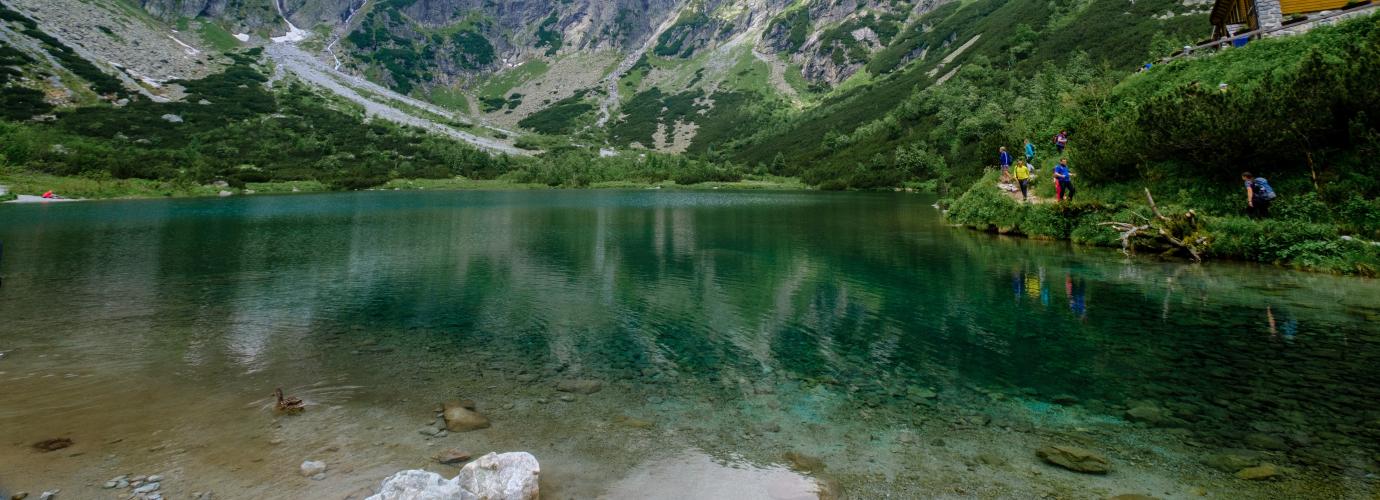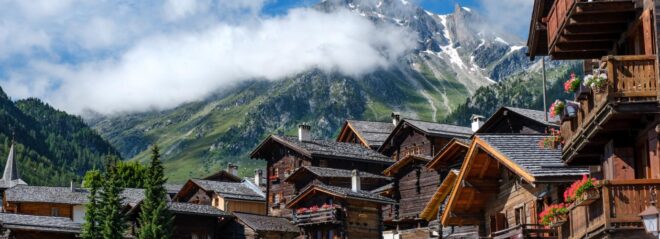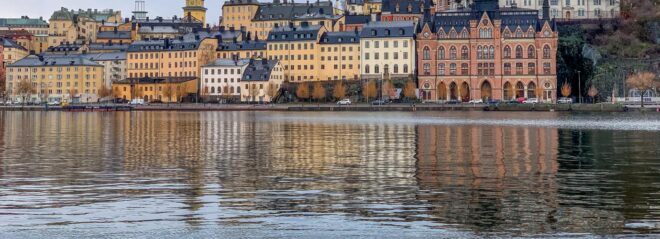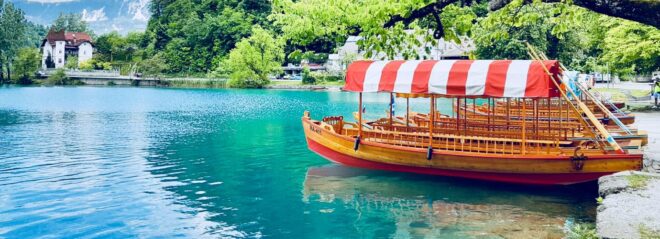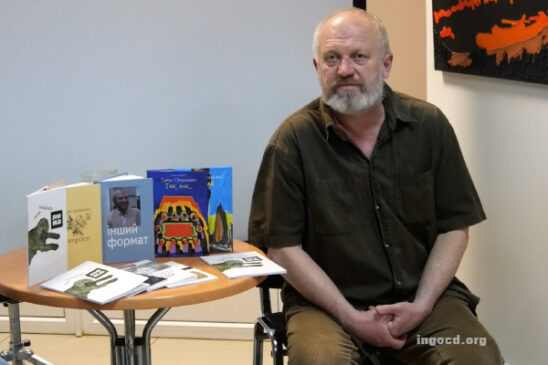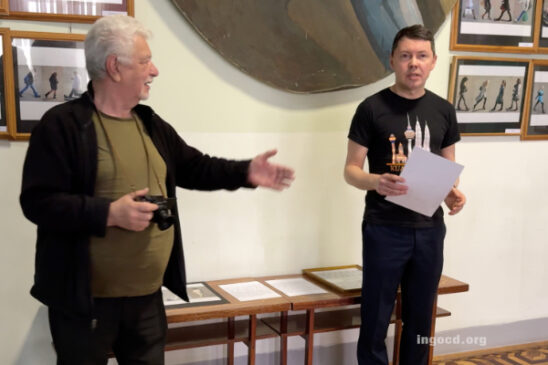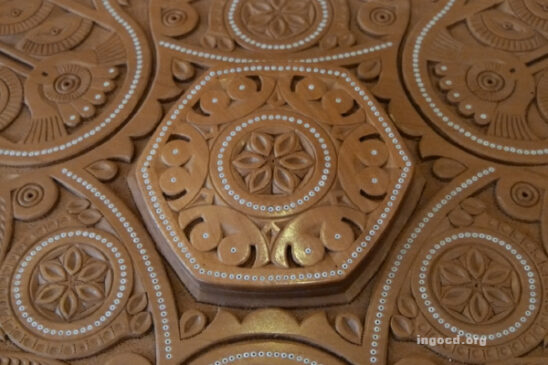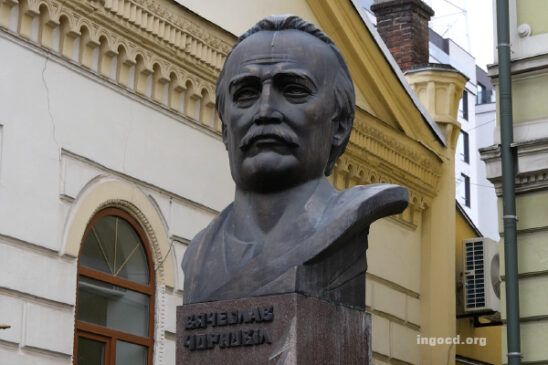Education in Slovakia
Key features of the education system
Public schools provide primary and secondary education free of charge. Higher education is free for full-time students as well, providing that they do not exceed the standard length of study. Private and church schools may charge for education provided.
Slovak language is the language of instruction at most schools, however, schools with teaching languages of minorities or ethnic groups are founded as well. In addition to the state language, education takes place also in Hungarian, Ukrainian, Bulgarian, Ruthenian, and German language.
Education in all types of schools (ISCED 0-3) takes place in compliance with state educational programmes, which defines the compulsory content. State educational programmes are published by the Ministry of Education, Science, Research and Sport of the Slovak Republic (Ministerstvo školstva, vedy, výskumu a športu Slovenskej republiky).
All primary and secondary school teachers and higher education teachers must have a master’s degree.
The Ministry of Education, Science, Research and Sport of the Slovak Republic, the central public administration authority for education, is responsible for the development of the content, goals and methods of education. Local self-governance is within the competence of municipalities, which provide most of pre-primary, primary and lower secondary education in Slovakia. Regional governance is within the competence of higher territorial units, which provide most of upper secondary education. Municipalities and higher territorial units organise and fund the cooperation with founders in their territorial competence, provide methodological and counselling services, monitor compliance with generally binding legal regulations and provide space and material to schools they founded.
All schools that provide primary and secondary education are legal entities. The headteacher is responsible for the compliance with valid regulations, state and school educational programmes, school’s professional and pedagogical work quality and the efficiency of school’s economy.
Higher education institutions are independent institutions and they manage the course and focus of education, research, development, economy and their own internal organisation. Law defines the extent of self-governing scope of higher education institutions.
Financing of schools is normative-based. State budget allocates funds to schools according to the number of pupils, personnel and economic demands. In addition to public schools the state budget also finances private and church schools.
Quality monitoring of primary and secondary education is provided by internal and external evaluation. Each school carries out internal evaluation as self-evaluation; external institutions carry out external evaluation – the State School Inspection (Štátna školská inšpekcia) and the National Institute of Education and Youth (Národný inštitút vzdelávania a mládeže). Higher education institutions have an obligation to ensure the quality of their activities through the implementation of internal system of quality. External quality assurance of higher education is the responsibility of the Slovak Accreditation Agency for Higher Education (Slovenská akreditačná agentúra pre vysoké školstvo).
Stages of the education system
Nurseries (detské jasle) provide care of children between the age of 6 months and 3 years. Nurseries are not a part of the education system. Municipalities found nurseries ; private entities or church can also run nurseries.
Pre-primary education is the first stage of the education system. Kindergartens (materské školy) for children between ages of three and six provide pre-primary education. Pre-primary education is compulsory for any child who reaches the age of 5 years by 31 August.
Compulsory school attendance lasts ten years (between the age of 6 and 16) and pupils complete it by finishing the first year of upper secondary education or by reaching the age of 16.
Primary and lower secondary education are a 9 year long single structure system (primary education lasts 4 years, lower secondary education lasts 5 years). Primary and lower secondary education takes place at primary schools (základné školy), where children start to fulfil their compulsory school attendance at the age of six.
Upper secondary education starting age is 15 and its organisation structure divides into general, vocational and art education. Four, five or eight-year Gymnasia (gymnáziá) (age of 11- 18) provide general upper secondary education. In addition to upper secondary vocational education, secondary vocational schools (stredné odborné školy) also provide educational programmes of post secondary education and tertiary professional education. Study at secondary vocational schools lasts from two to five years. Conservatories (konzervatória), which are a specific type of school providing lower and upper secondary education as well as tertiary professional education, provide art education. Upper secondary sports schools (stredné športové školy) are focused on preparing students with sports talents, and schools of applied arts (školy umeleckého priemyslu) provide students comprehensive artistic education focused on art and design.
Higher education has three levels – Bachelor, Master and PhD study programmes – fully within the competence of universities (univerzity) and higher education institutions (vysoké školy).
Adult education provides a possibility to supplement, extend and enhance one’s obtained education, re-qualify or satisfy one’s interests (universities of the third age, language education). It takes place in further education institutions, schools and non-school institutions.
Structure of the national education system
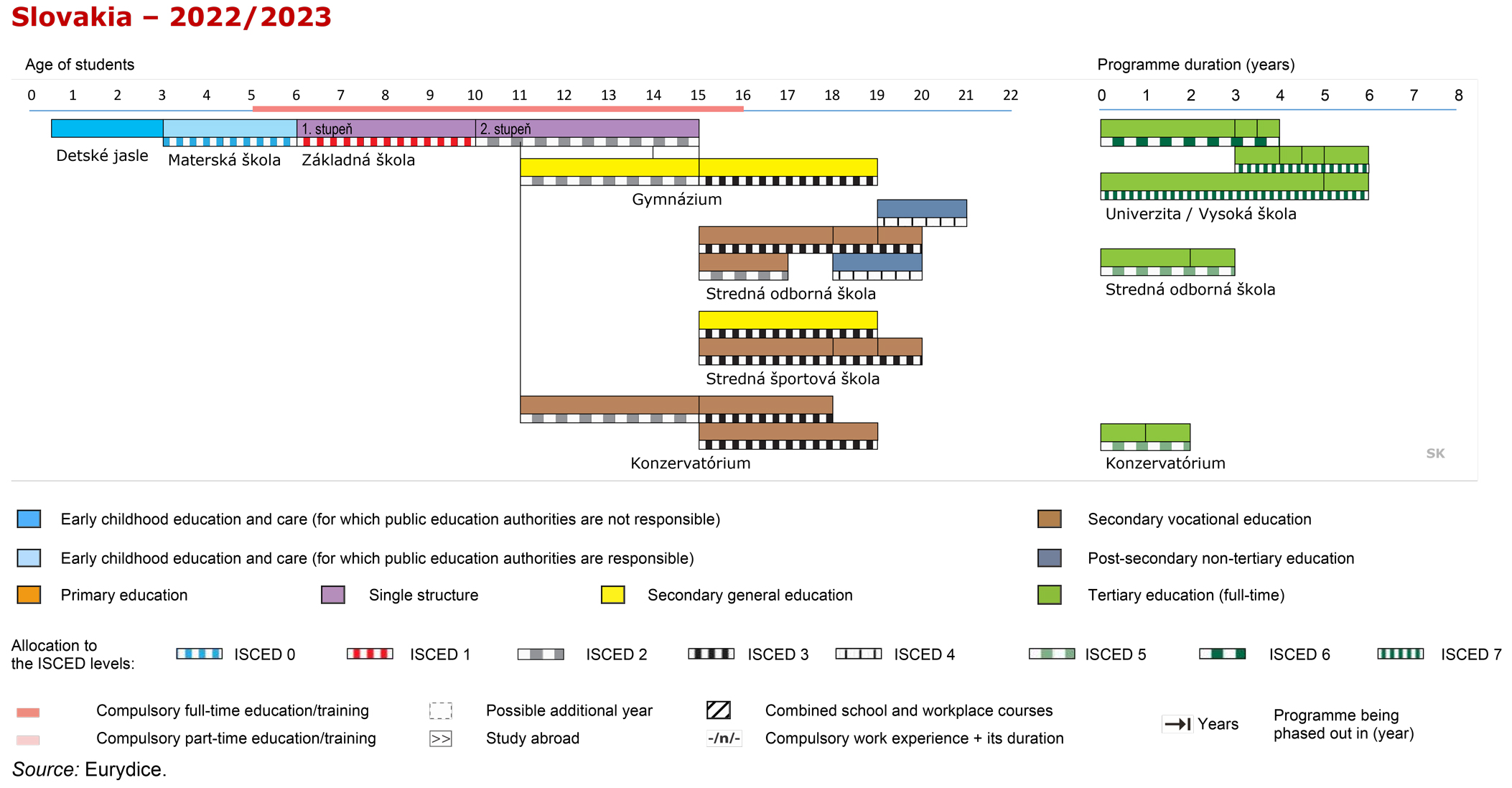
Useful links
You can find further information also on the websites of the Ministry of Education, Sport, Research and Science of the Slovak Republic (Ministerstvo školstva, vedy, výskumu a športu Slovenskej republiky), as well as the National Institute of Education and Youth (Národný inštitút vzdelávania a mládeže), the Slovak Centre of Scientific and Technical Information (Centrum vedecko technických informácií Slovenskej republiky), the State School Inspection (Štátna školská inšpekcia), Slovak Accreditation Agency for Higher Education (Slovenská akreditačná agentúra pre vysoké školstvo) and The State Institute of Vocational Education (Štátny inštitút odborného vzdelávania).
Source: https://eurydice.eacea.ec.europa.eu/national-education-systems/slovakia/overview
Follow us on social media: Facebook, Twitter, Instagram, YouTube.

